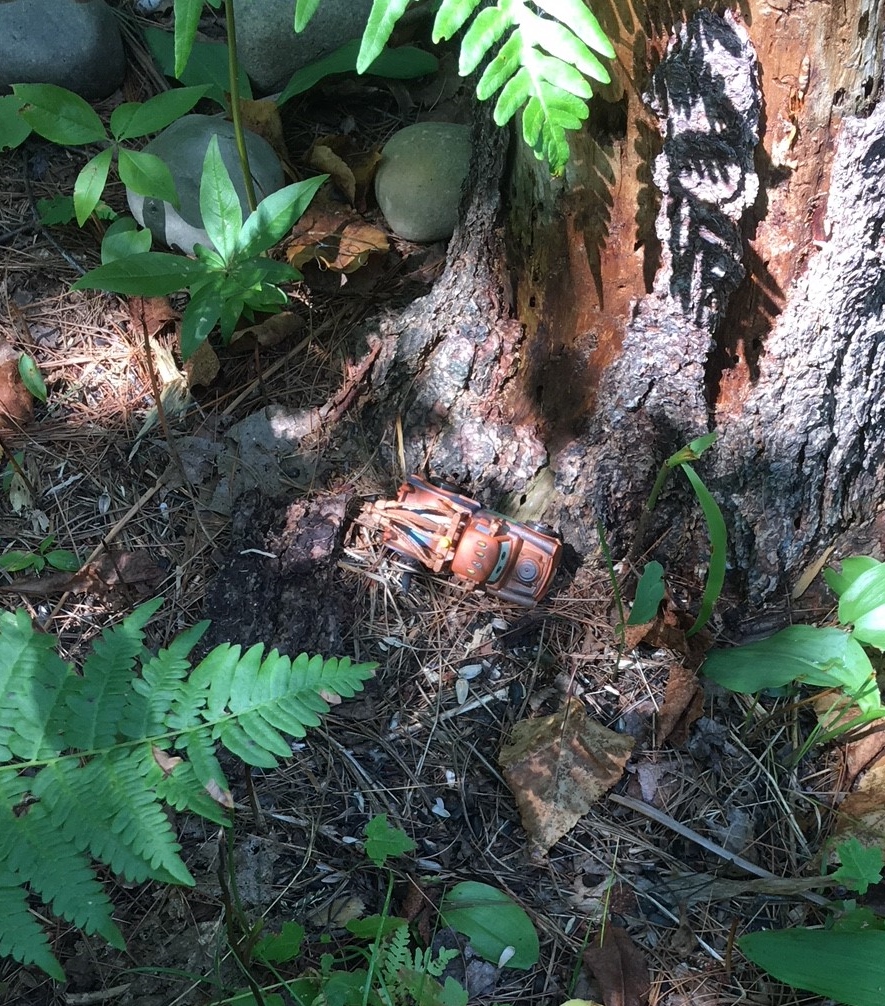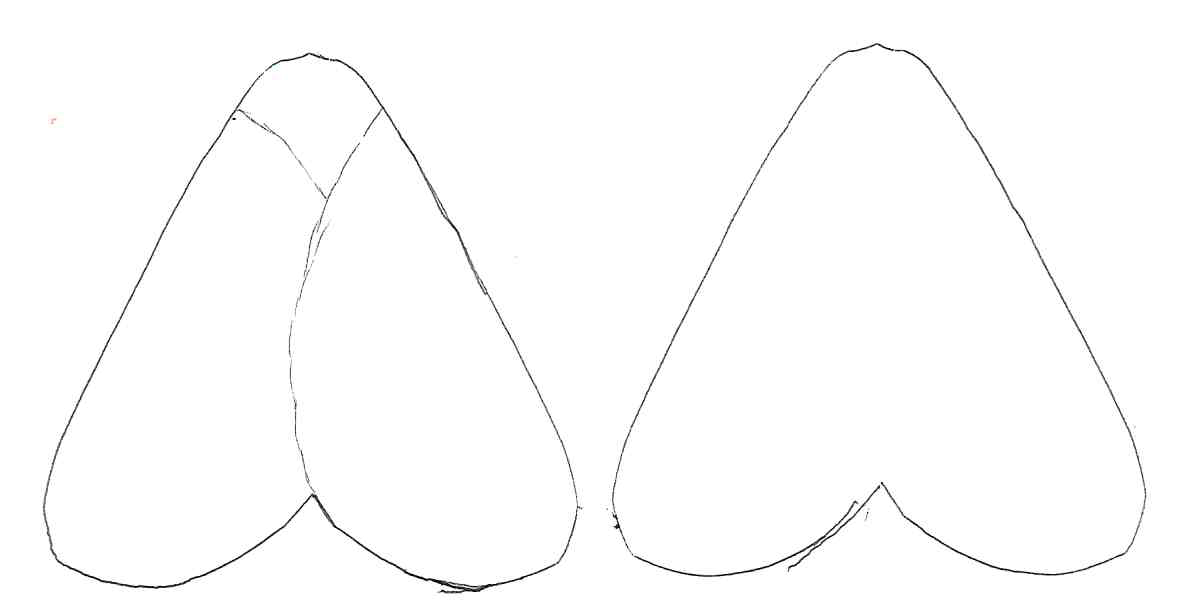Why do animals have different color patterns?
Help youth explore their world by discovering how animals use concealing coloration and disruptive coloration types of camouflage.

Exploring camouflage is one way to strengthen important life, communication and science skills. Observing, interpreting and analyzing data, arguing using evidence and communicating information can all be part of an informal discussion guided by simple questions like, “Have you ever wondered how animals use camouflage to survive?”
There are four basic types of camouflage: concealing coloration, disruptive coloration, disguise and mimicry.
Concealing coloration
Concealing coloration is when an animal is the same color as its natural background or habitat. For example, the adult white-tailed deer has a reddish-brown coat during the summer to help it blend with the trees, bushes and tall grass.
To help youth understand how concealing coloration works, find a large piece of patterned fabric. Use a paper punch and punch paper holes from paper the same colors as in the fabric. Sprinkle the dots you punched out onto the fabric making sure some fall on the matching colors. The dots that fall on their corresponding color should “disappear” on the fabric.
Next, explain to the youth that they are predators seeking prey. Gather them around the fabric and challenge them to pick up as many colored dots as they can in 30 seconds picking them up one at a time. After the 30 seconds, have the youth record how many dots they found. Then ask if they think they found most of the prey. Repeat for a second and possibly third round, recording how many dots each youth found after every round. After the final round, carefully dump the remaining dots off the fabric.
Ask youth to talk to a neighbor about why the number they found each time changed. Then share with the larger group. Ask youth to talk to a person near then about the number of dots that were dumped off the fabric. Where there more than you thought? How did some get missed?

Disruptive coloration
Disruptive coloration is when an animal has a patterned coloration like spots or stripes that make it hard to determine its outline. A white-tailed deer fawn has white spots that can look like sunlight filtering through the trees and helps blur its outline, protecting it from predators when it is still.
To help youth understand disruptive coloration, give each youth a copy of one of the moths below. Have the group choose one or two colors and a pattern type. Pattern examples include stripes spots, spots ringed by the second color, and anything else the youth come up with. Have each youth color their moth using the color(s) and the pattern decided upon by the group. When done, ask them to cut out their moth, place their initials on the back, and place them all in a small area on the floor or table. It should be hard to determine where one moth begins and another ends. This is how many herd prey species use disruptive coloration to confuse predators.
Predators and some prey use disruptive coloration a little differently. Have the youth color another moth using colors similar to the color of the table and using a pattern of their choice. After these are cut out, place them on the table and ask the youth to walk away from the table about 5 feet, turn and look at the moths. Can they quickly and easily find them? Repeat moving another 5 feet away until it is difficult to quickly and easily see the moths. This is how predators and some prey, like the fawn, use disruptive coloration to hide in plain sight.

Camouflage can be a vital tool for an animal’s survival because all animals are part of a food web. They are either the predator or prey. Predators are animals that naturally hunt and eat other animals for food. Prey animals are those creatures that are hunted and eaten by other animals. Camouflage can help both predators and prey survive. Ask youth if they think camouflage helps predators or prey more?
Michigan State University Extension and the Michigan 4-H Youth Development program help to create a community excited about STEM (Science, Technology, Engineering, and Mathematics). 4-H STEM programming seeks to increase science literacy, introducing youth to the experiential learning process that helps them to build problem-solving, critical-thinking and decision-making skills. Youth who participate in 4-H STEM are better equipped with critical life skills necessary for future success.
To learn more about the positive impact of Michigan 4-H youth in STEM literacy programs, read our 2018 Impact Report: “Equipping Young People for Success Through Science Literacy.”
To learn more about Michigan State University Extension check us out on-line. To learn more about 4-H and Extension opportunities in Alcona County stop by our Harrisville office at 320 S. US 23 or visit us on-line at Facebook Alcona County MSU Extension or at our county website. For more information about 4-H learning opportunities and other 4-H programs, contact your local MSU Extension county office.



 Print
Print Email
Email




